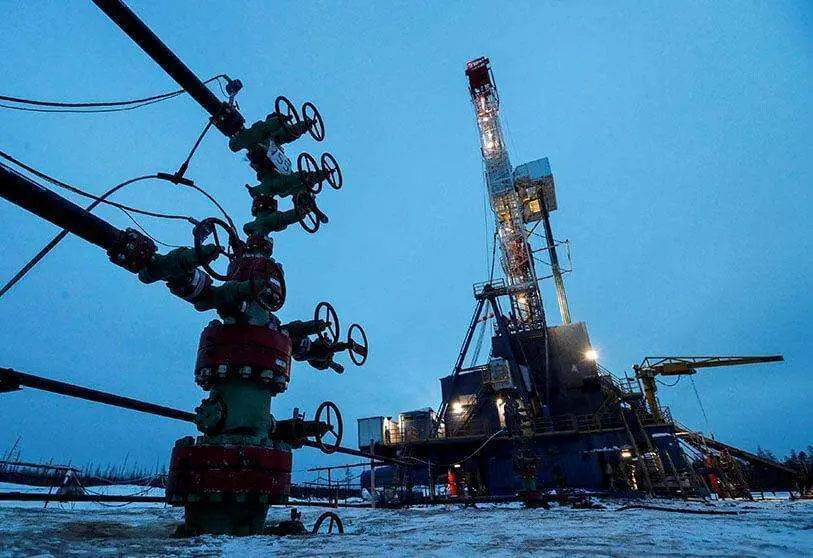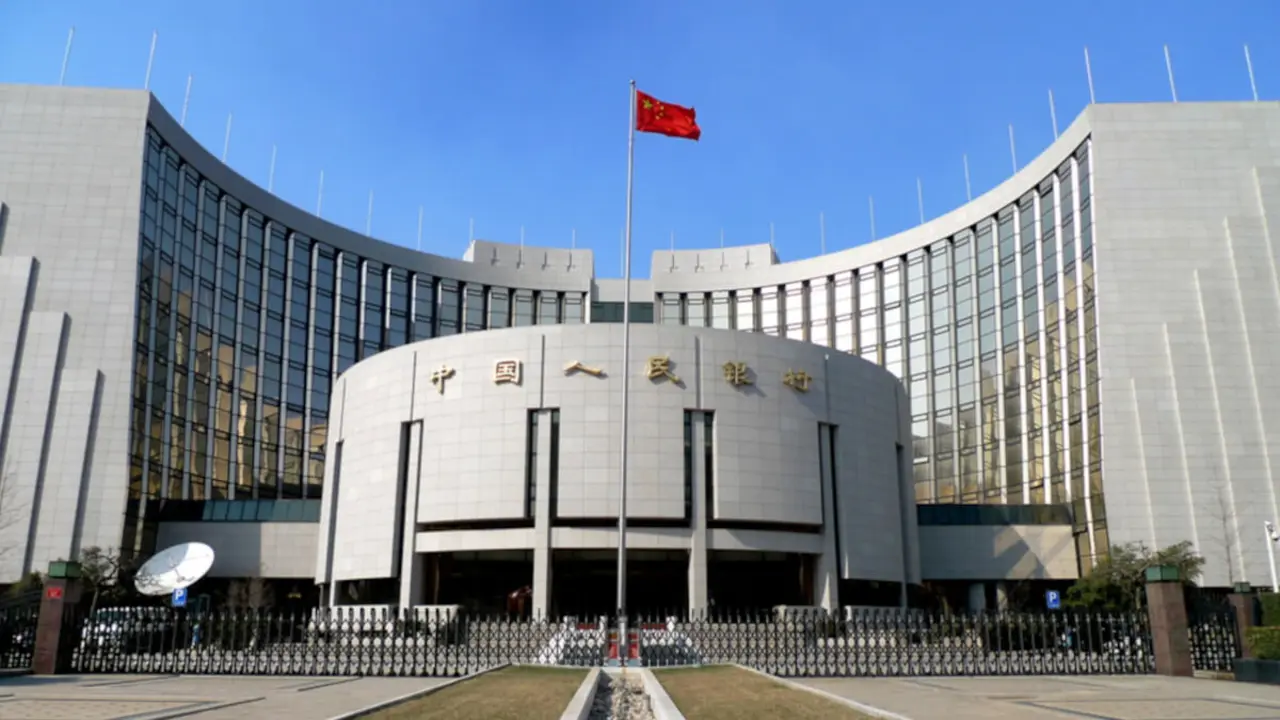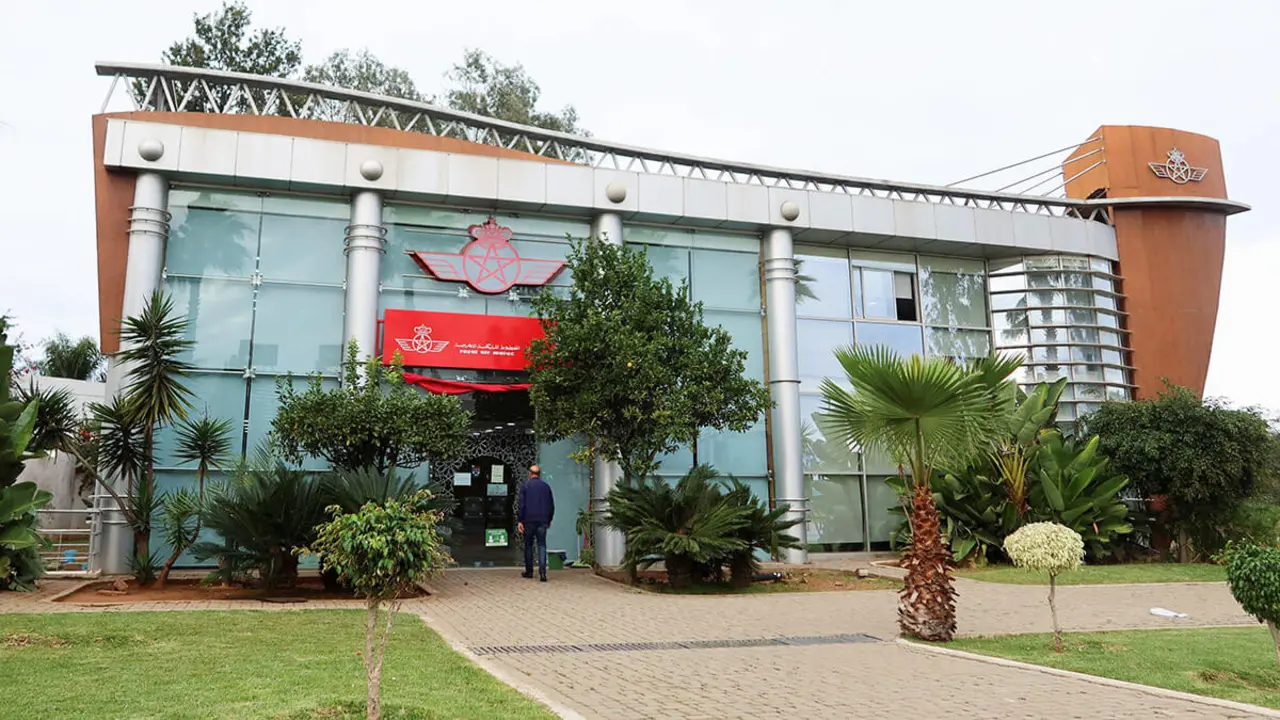Oil transporters and intermediaries, the main beneficiaries of sanctions on Russia

Since the Russian invasion of Ukraine began, Europe has been trying to stop Vladimir Putin's regime with economic sanctions and caps on Russian oil prices. However, Moscow closed 2022 with a GDP loss of 2.5% compared to the previous year, much less than the forecasts of Western countries, which predicted a double-digit percentage drop.
Far from having reduced exports, Moscow has maintained a volume similar to pre-invasion levels, although what has significantly affected Russians has been the capping of oil prices. Russia's Finance Ministry stated that 'after the G7 imposed a cap on the price of Russian oil in December, its export revenues fell by 40% year-on-year in January'. This cap forced Russia to seek more buyers in Asia, further reducing prices to compete with Middle Eastern exporters.

Moreover, the Kremlin has faced an added difficulty. Russia does not have the number of tankers required for its exports, so it has been forced to pay for transport, and at a much higher price than previously set. Russian sellers pay between $15 and $20 per barrel of crude transported, to which must be added the $15-20 per barrel discount they offered buyers from India and China to persuade them to take their crude, according to an invoice accessed by Reuters.
As a result of this accumulation of oil price and transport cost discounts, Russian coffers received only $49.5 per barrel of Urals oil, 42% less than in 2021. This figure is even more valuable when compared to the price of European Brent, which is around $83 per barrel, i.e. 67% higher. However, this price difference has been aggravated by the aforementioned price increases imposed by oil transporters and intermediaries, who have been the best off following the sanctions imposed on Russia.

Compared to the $15 to $20 paid to shippers by Russia, a US exporter of Mars crude pays $5 to $7 per barrel shipped to India. These figures translated into full transports are even more shocking. Some shippers have charged as much as $10.5 million for a single trip to transport an Aframax tanker with 700,000 barrels from the Baltic Sea to an Indian refinery. A year ago, the same trip cost around half a million to a million dollars, depending on freight rates.
Crude oil traders are the biggest beneficiaries in this situation, but not the only ones. India has seized the moment to reach an all-time high in Russian oil imports. In fact, in recent weeks, it has averaged as much as 1.25 barrels per day, saving more than $500 million per month in oil spending due to the lower price of Russian crude.








